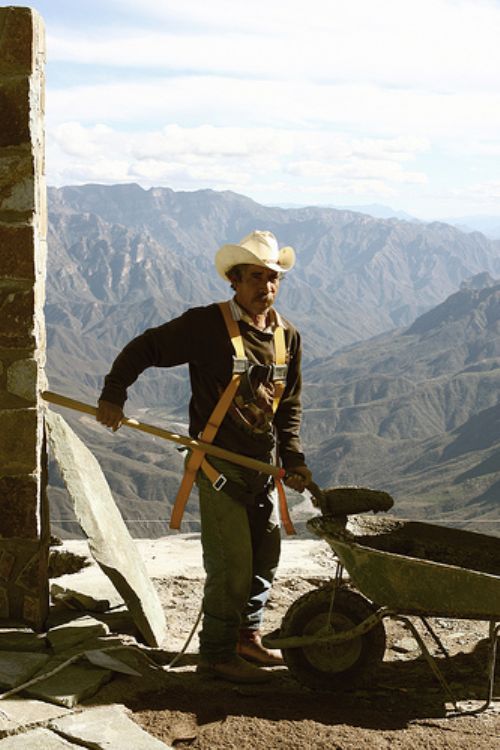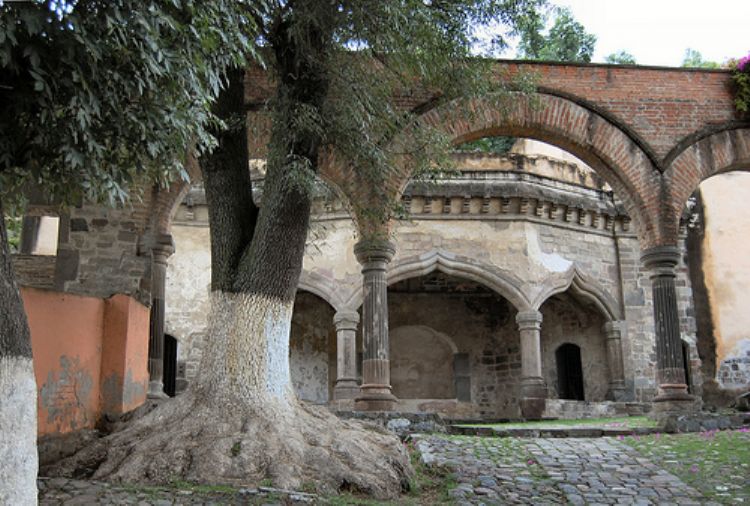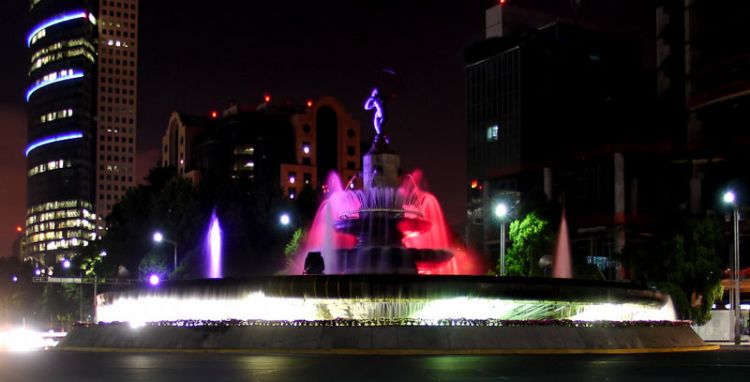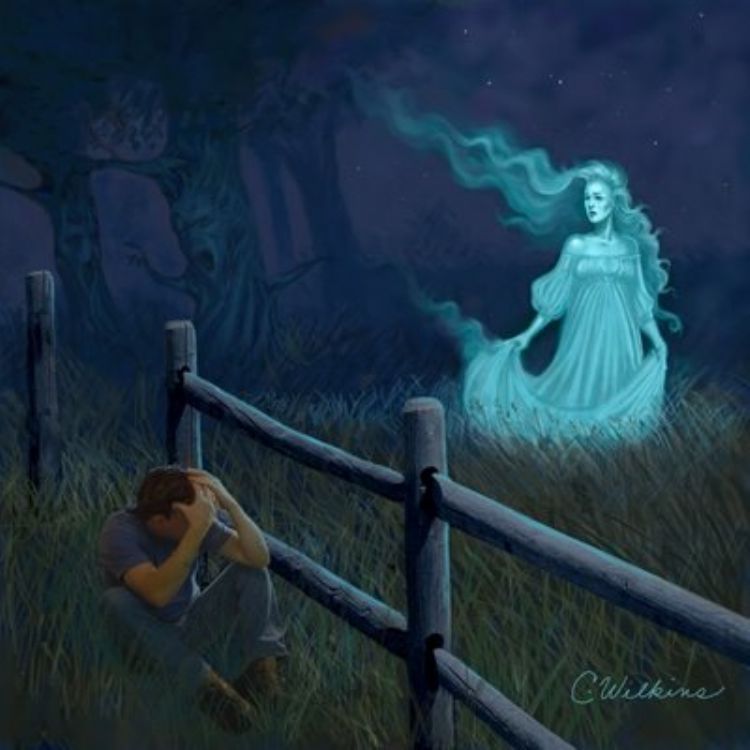
In Mexico there are various social benefits granted by la...

With great handwork and a vivid imagination, the craft workers of Tlaxcala finely sculpt the wood, silver, and pottery clay. Even without the help of instruments, the inhabitants of San Sebastian Atlahapa give life to the pottery clay; while in Tlatempan the carnival masks reach singular refinement. In Tizatlan, a symbolic tradition is the elaboration of the intricate canes or teponaxtles that besides being a walking assistant device for the old, serve as a prediction of long life.
The silver jewelry of Tlaxco is famous in the whole state and the ¨saltillos¨ are antique pre-Columbian designs sown on the blankets and rugs elaborated in the communities of Santa Ana Chiuatempan and in Guadalupe Ixcotla. The artists of Españita are the best at elaborating innumerable figures on dry corn leaf; although hey and wheat houses constructed in Tequexquitla also are worth mentioning.
With the construction of so many churches in the colonial period, it was necessary to find someone to impose campaigns to announce the beginning of the catholic masses. In Ocotoxco in Yauhquemecan, mid century XVI the first campaign was started in New Spain; it is still done today, as in Xalostoc, where they elaborate fireworks and artificial fires that cover the city on nights of special celebrations.
In the same manner, the Tlaxcala culture maintains alive the ancestral dances, danced during the celebration of the carnival or any other patron celebration. One of the main dances still danced today is the dance of the ¨Hue hues¨ or old men, and whose representation in every community has its own personal touch. The dance of the Cintas is danced by young girls that carry a stick decorated with numerous colorful ribbons; the dance of the sun goddess, Tonatl, end with a shower of flowers thrown by the local maidens; and the dance ¨Las Cuadrillas¨ danced in Ocotoxco, Zimatepec, Huiloac, Tizatlan and a few more.
The richness of the Tlaxcala pre-Hispanic gastronomy begins with the Spanish kitchen which as a result gives one of the most exquisite mixed kitchens in the country. Ancient ingredients such as corn, of the pre-Hispanic era, maguey, cactus, epazote, squash, parsley, green tomatoes, deer, turkey and hares are still used by the Tlaxcala cooks today in the elaboration of the finest Mexican dishes.
Worms of maguey and leaves wrap themselves around a delicious lamb, meat cooked from a whole in the ground accompanied by a salad of cholla with cheese and parsley, tlatoyos of beans and cheese accompanied by oatmeal with powdered brown sugarÃ⦠a never ending menu which gives history of two great cultures creating a fusion for present cooking

The Riviera Maya is, without a doubt, the tourist zone wi...

